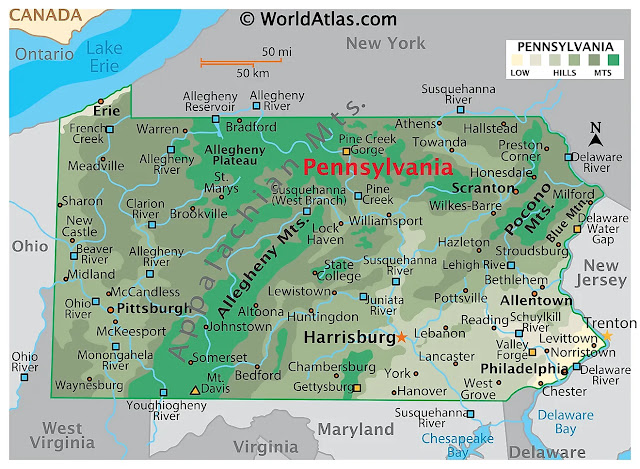Who will win Pennsylvania?
Pennsylvania has emerged as one of the most critical battlegrounds in the upcoming election, largely due to its role in past contests and its diverse political landscape. The 2016 election brought to light a significant group of Pennsylvania voters who had been overlooked in traditional polling models, particularly rural, white, working-class individuals. Many of these voters felt disenfranchised by previous administrations and were drawn to Trump’s populist messaging. The polling methodologies at the time underestimated their turnout, often focusing more on urban and suburban areas while missing the enthusiasm and economic concerns driving these voters in smaller towns and industrial areas. This polling oversight contributed to Trump’s unexpected victory in the state.
Both the Harris and Trump campaigns are now focused on a broader range of Pennsylvanian communities, including previously overlooked regions. The economic makeup of Pennsylvania—ranging from traditional manufacturing and energy sectors in rural areas to technology and education hubs in cities—reflects the broader American economy. The state’s divide between urban and rural voters highlights key national issues, from economic recovery and job security to environmental policy and energy reform. The Harris campaign is emphasizing renewable energy and climate policy in urban areas, where young, diverse populations are supportive. Trump’s campaign focuses on traditional energy industries like natural gas, which hold more influence in the state's rural areas. The competition reflects how Pennsylvania serves as a snapshot of the broader political climate. The state’s mix of urban and rural regions, industrial and post-industrial communities, and diverse voter needs make it a powerful indicator of America’s political direction.
Wall Street Journal, AP News, PhillyVoice, Reuters, The Hill, Penn State University



